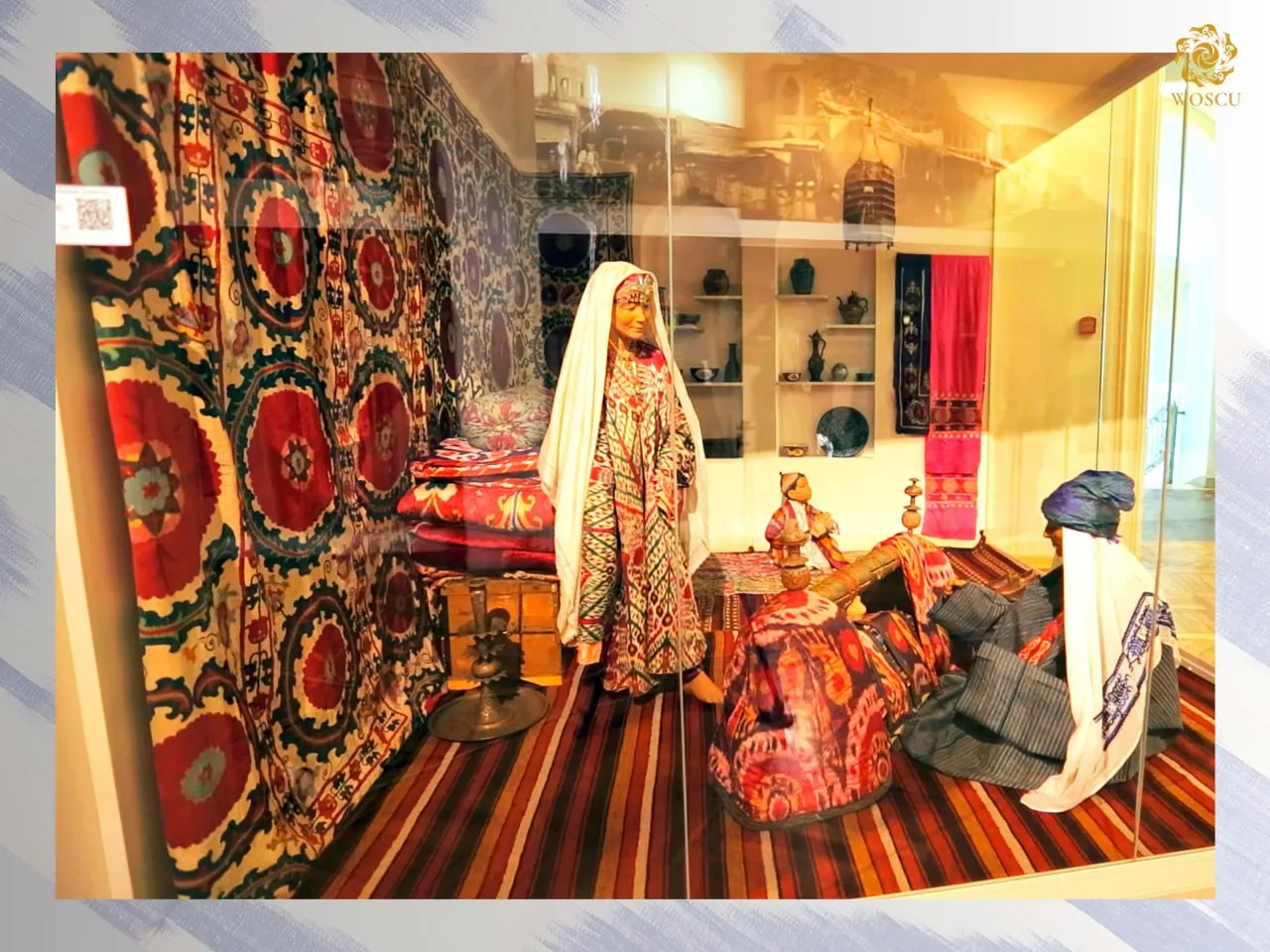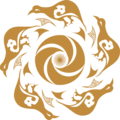
This expedition was led by S.M. Dudin, an artist and expert in documentary photography, and V.V. Bartold, an expert in Central Asian applied arts. The expedition collected over 2,000 items related to the daily life and culture of the Uzbek people, including tools, equipment, materials, clothing, jewelry, household items, and inventory. Dudin also photographed objects he could not bring back.
After Dudin’s trips the museum started sending new expeditions to Uzbekistan at the beginning of the 1930s, when it obtained funds to resume research. However, even during this break many valuable items were acquired from private donors and collectors. These were mainly expensive and prestigious items from Uzbek culture such as robes made of figured semi-silk, jewellery, carpets and embroideries that became a subject of interest to collectors as early as the 19th century due to their artistic expression.
One such jewellery and copper stamped item collection was purchased in 1914 with the personal funds of Nicholas II from the heirs of a famous collector from Pskov, F.M. Plyushkin.
You can learn more about this topic in the book-album "The Collection of the Russian Museum of Ethnography" (Volume II) (St. Petersburg, Russia) from the series "The Cultural Legacy of Uzbekistan".
The general sponsor of the project is the oilfield services company Eriell-Group.
